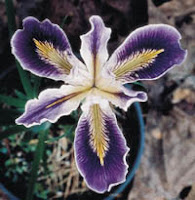WEEK 8: NANOTECH AND ART

Nanotechnology is a field of incredible potential. It is surprising that a field such as nanotechnology, which has revolutionized all aspects of our life, from food to our clothes to medicines, is known so little. It was fascinating to see the mere number of subfields that have been created under the umbrella of nanotechnology, such as nanomedicine, nanoelectronics and nanophotonics. One of the most surprising examples of use of nanotechnology by the Romans in the Lycurgus Cup. The cup will appear green when lit from front, but if it were lit from the back it would change color to red. This change in color happens due to presence of gold and silver particles that are 50 nanometers in diameter. The fact that romans were able to do this 1600 years ago is absolutely amazing. Furthermore, nanotechnology is also present in nature. The wings of the Blue morpho butterfly seem to have a blue iridescent color but are in fact transparent. Their wings consist of many nano-scale structure


